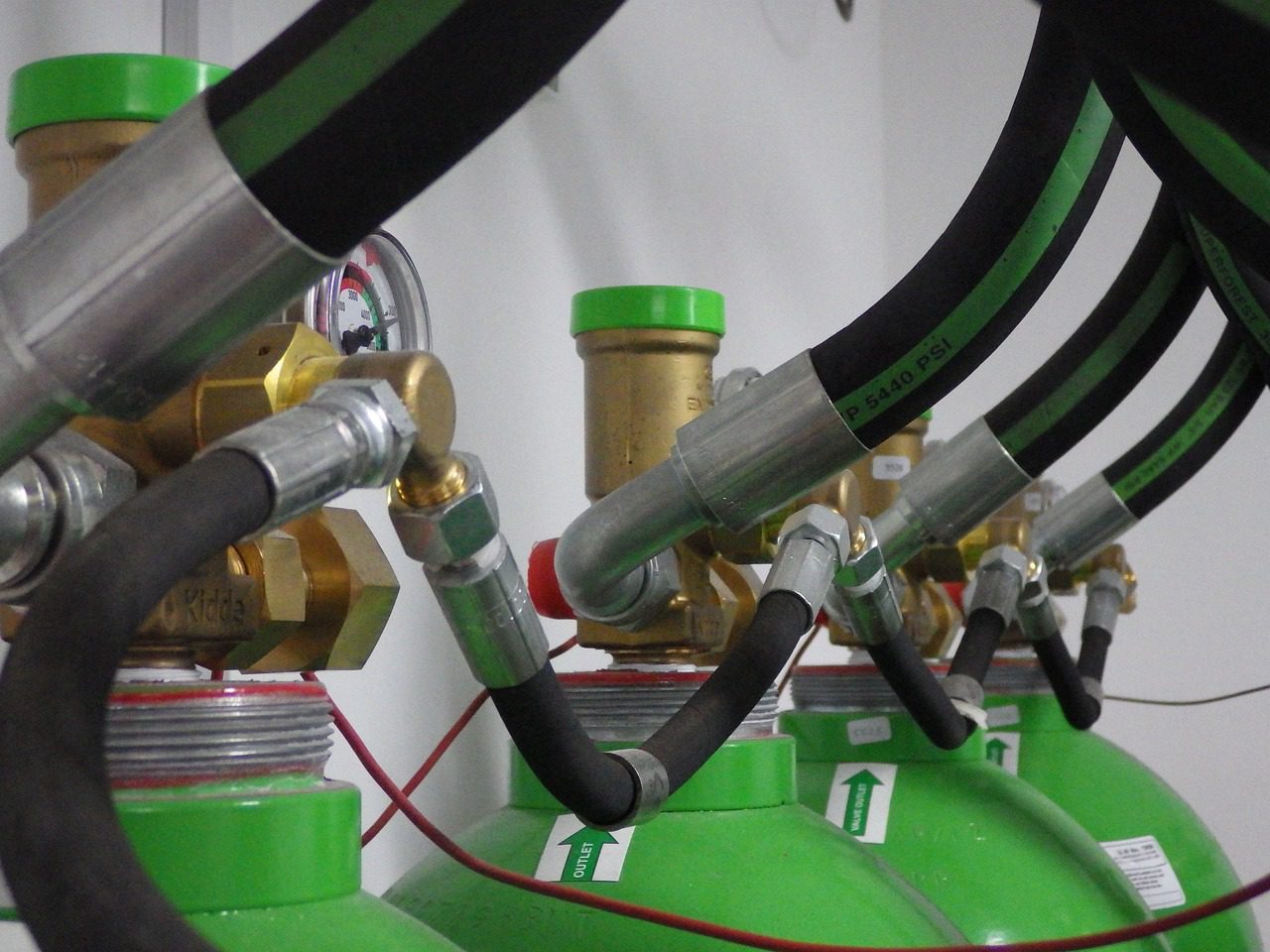A kitchen is a bustling hub of activity, loaded with the aroma of delicious meals and the clatter of jars and pans. Regardless, it’s also a space that poses a significant fire hazard. So, if you’re a restaurant owner or a manager, your employee’s plus visitor’s safety is your foremost priority.
Instead of facing these difficulties, you could install a fire suppression system to ensure the safety and protection of your space. But you might be worrying about the installation procedure. Right? Don’t worry!
In this comprehensive guide, you’ll learn how to install a kitchen suppression system, empowering you to safeguard your kitchen and prevent potential disasters.
Steps For the Installation of Fire Suppression System
You’re right if you think installing a fire suppression system is challenging. However, it’s tough, not impossible. With the right guide, you can easily install a fire suppression system in your home and workspace.
Here is the step-by-step guide to installing a fire suppression system:
Assess Your Needs
Before diving into the installation process, assessing your specific needs is essential. In this, you need to consider the size of your kitchen, the types of appliances you have, and any fire hazards linked with how you prepare food. In addition, you can use this assessment to help you choose the right kind and size of fire suppression system for your kitchen.
Research and Select the Right System
With so many alternatives on the market, you must do your homework and pick the best kitchen suppression system for your requirements. You can look for systems tested and approved by reputable agencies and specially intended for commercial kitchens. Moreover, you can consider elements like automatic activation, appropriateness with your kitchen’s design, and ease of upkeep.
Plan the Installation
Planning the installation procedure is essential to a successful setup. Review the manufacturer’s instructions, and if necessary, seek advice from a qualified fire suppression system installer. Make a thorough plan that shows where the nozzles, sensors, and control panels should be placed. Consider the kitchen layout, the placement of your appliances, and any potential hazards that could reduce the system’s efficiency.
Gather the Necessary Tools and Equipment
The most significant step in installing the kitchen suppression system is gathering all the necessary tools and equipment. You must collect all the tools and equipment before the installation process begins. Some of the required tools can be a ladder, a power drill, screws, pipework, fittings, and electrical supplies may be included. Ensure you have all the necessary fire suppression system parts, including agent storage tanks, detection equipment, control panels, and nozzles. It’ll automatically save you time in the installation process if you have gathered all the equipment earlier.
Install the Detection Devices
Moving on to the next step, that is, to install the fire detection devices. In order to detect a fire and turn on the suppression system, the detecting devices are essential. Install heat and smoke detectors in your kitchen strategically, paying particular attention to high-fire-risk areas like stovetops and fryers. You can follow the manufacturer’s instructions to correctly mount and connect the sensors and ensure they are in top functioning condition.
Mount the Suppression Nozzles
To successfully put out fires in an emergency, the positioning of suppression nozzles is crucial. Install the nozzles so they completely cover the cooking surface above high-risk areas, such as appliances and deep fryers. Ensure the nozzles are conveniently accessible for maintenance and inspection before carefully positioning and mounting them.
Connect the Control Panel and Agent Storage Tanks
The brain of your kitchen’s fire suppression system is the control panel. Following the manufacturer’s instructions, connect it to the suppression nozzles and detecting devices. Additionally, link the control panel to the agent storage tanks, which house the fire-fighting agents. To avoid leaks or malfunctions, make sure that all the wiring and piping connections are solid and securely sealed.
Test and Activate the System
Lastly, it’s critical to properly verify the system after installation is finished before assuming it is fully functional. Conduct a thorough test of the detecting devices, suppression nozzles, and control panel by adhering to the manufacturer’s recommendations. You must check to see that all parts are operating correctly and that the system effectively detects and puts out flames.
Final Verdict
In brief, installing a kitchen suppression system is a critical step toward ensuring your home’s or commercial kitchen’s safety. The step-by-step guide provided a comprehensive overview of the installation process, highlighting the key considerations and actions required to successfully implement a fire suppression system.
Overall installing a kitchen suppression system invests in security and peace of mind. With the above-mentioned guide, you have gained valuable knowledge and guidance to navigate the installation process successfully.
Hope it helps!
Be safe and install a kitchen suppression system!





























